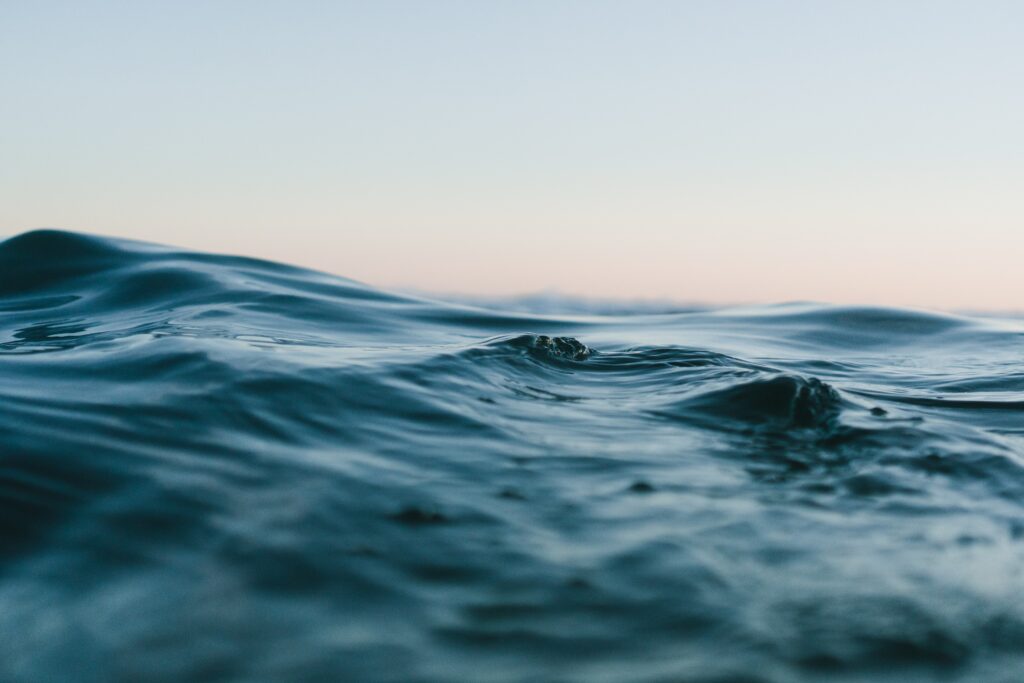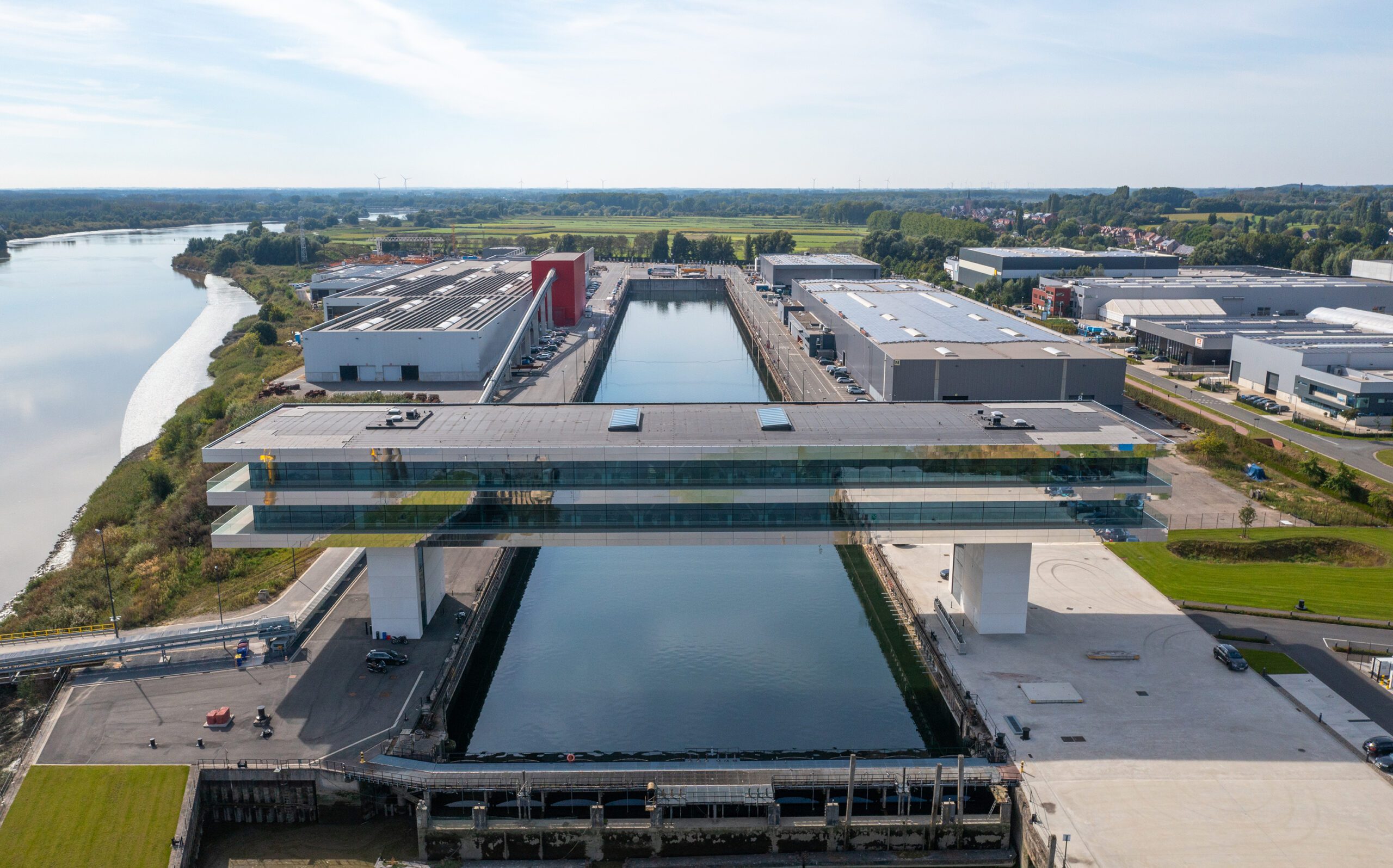Water

Water consumption in 2023*
“Water consumption” is defined in the ESRS 3 as “water drawn into the boundaries of the undertaking and not discharged back to the water environment” and includes therefore the rainwater used at C-concrete.
*Companies that we’re reporting on: all companies in Belgium, the Netherlands and Bulgaria, except of C-Bernard, Technocon, NLT Pivaco & C-geelen.
| Consumption source | Volume | % of total |
|---|---|---|
| Offices | 3,291.09 m³ | 4.1% |
| Construction sites | 23,937.75 m³ | 29.8 % |
| Production facilities | 53,107.3 m³ | 66.1 % |
| (of which rainwater | 8,536 m³) | (10.6 %) |
| Total | 80,336.14 m³ |
Water consumption details
53.7 % of Cordeel Group’s water consumption is linked to the three swimming facilities that Vita Group is operating. Their water consumption was not included in the previous report, but needs to be included when looking at Cordeel Group’s impact. Water is material for operating a swimming facility. Volumes of Vita of 2022 are not available.
-
Construction sites23937.75m³
-
Offices3291.09m³
-
Vita Group43207.7m³
-
C-concrete (rainwater)8536m³
-
Other production1363.6m³
35,765 m³
-2.4%
- 887.16 m³
85.61
Water consumption of our precast concrete production
The precast concrete plant of C-concrete in Temse is – in contrast to conventional precast production – not using fresh water but rainwater stored in our dry dock.
After production, we clean the residual water thoroughly and release it back into the dry dock for future reuse. We monitor the water quality constantly.
The dry dock is closed, so there is no connection to the river Scheldt. In this way, we make sure to not harm this precious ecosystem.
In 2023, we used 8,536 m³ of rain water for the production of concrete.
The plant in Hoeselt
The C-concrete plant in Hoeselt is not using rainwater and therefore consumed 294.8 m³ of fresh water in 2023.
In 2024 we’re planning to install substantial water reservoirs to store rainwater which will be used to clean trucks delivering the concrete.

Groundwater withdrawal on construction sites
We are aware of the impact we have with our construction operations on the environment. We, therefore, strive to minimise this impact as much as possible.
The operations of our C-construct division sometimes ask for groundwater withdrawal to dewater construction pits, so we do have an impact on this resource as well. We try to limit this as much as we can.
By applying the principle of return drainage, pumped water is released back into the groundwater, preventing groundwater from sinking. We are trying to apply this measure as much as possible on our sites, taking into concern local legislation, making sure we don’t return potentially polluted water and the relevant adapted measures that need to be taken into account.
The amounts reported are linked to construction sites of Cordeel zetel Hoeselt and Cordeel zetel Temse.
We’re not structurally monitoring our water consumption on every construction sites yet, nor do we measure our groundwater withdrawal from the construction pits for every company on group level.
Water withdrawal in order to dewater construction pits depends on the type of building and the area where it’s being build. Therefore the annual amounts will vary highly, depending on our activities and the phase of the construction process.
We will start monitoring on every construction site in 2024 and aim for 0% water discharged into the sewer by 2026 as long as it’s geographically possible and the water is not polluted.
Groundwater withdrawal on construction site in 2023*
* Companies that we’re reporting on: Cordeel zetel Hoeselt & Cordeel zetel Temse
| Volume | % | |
|---|---|---|
| Groundwater withdrawal by pumping | 847,933 m³ | |
| Return drainage | - | 0% |
| Discharge of water: reuse | - | 0% |
| Discharge of water: discharge to surface water | 786,445 m³ | 92.7% |
| Discharge of water: discharge into the sewer | 61,488 m³ | 7.3% |
Water consumption in areas at water risk
Total water consumption in areas at material water risk. These are regions where the percentage of total water withdrawn is high (40-80%) or extremely high (greater than 80%).
For Cordeel Group, the following regions are affected: Belgium (Flanders & Brussels), Netherlands (Limburg & Noord-Brabant).
Source: the World Resources Institute’s (WRI) Water Risk Atlas tool Aqueduct.
“Water consumption” is defined in the ESRS 3 as “water drawn into the boundaries of the undertaking and not discharged back to the water environment” and includes therefore the rainwater used at C-concrete.
Total water recycled and reused
We are not yet collecting these volumes, therefore we have to assume it’s “0 m³”.
The C-concrete plant in Temse is cleaning residual water and releases it to the dry-dock for eventual reuse. No volumes are being collected yet.
We will further investigate the limited amount of use cases to be able to report on this KPI in the future.
Total water stored
We are not yet collecting these volumes, but do collect water at several locations.
In Temse, we use the former dry-dock to store rain water, to eventually use in the the production of precast concrete at C-concrete. The exact volume is not known.
C-concrete in Hoeselt is currently building reservoirs to store rain water.
We will further investigate the storage of water to be able to report on this KPI in the future.